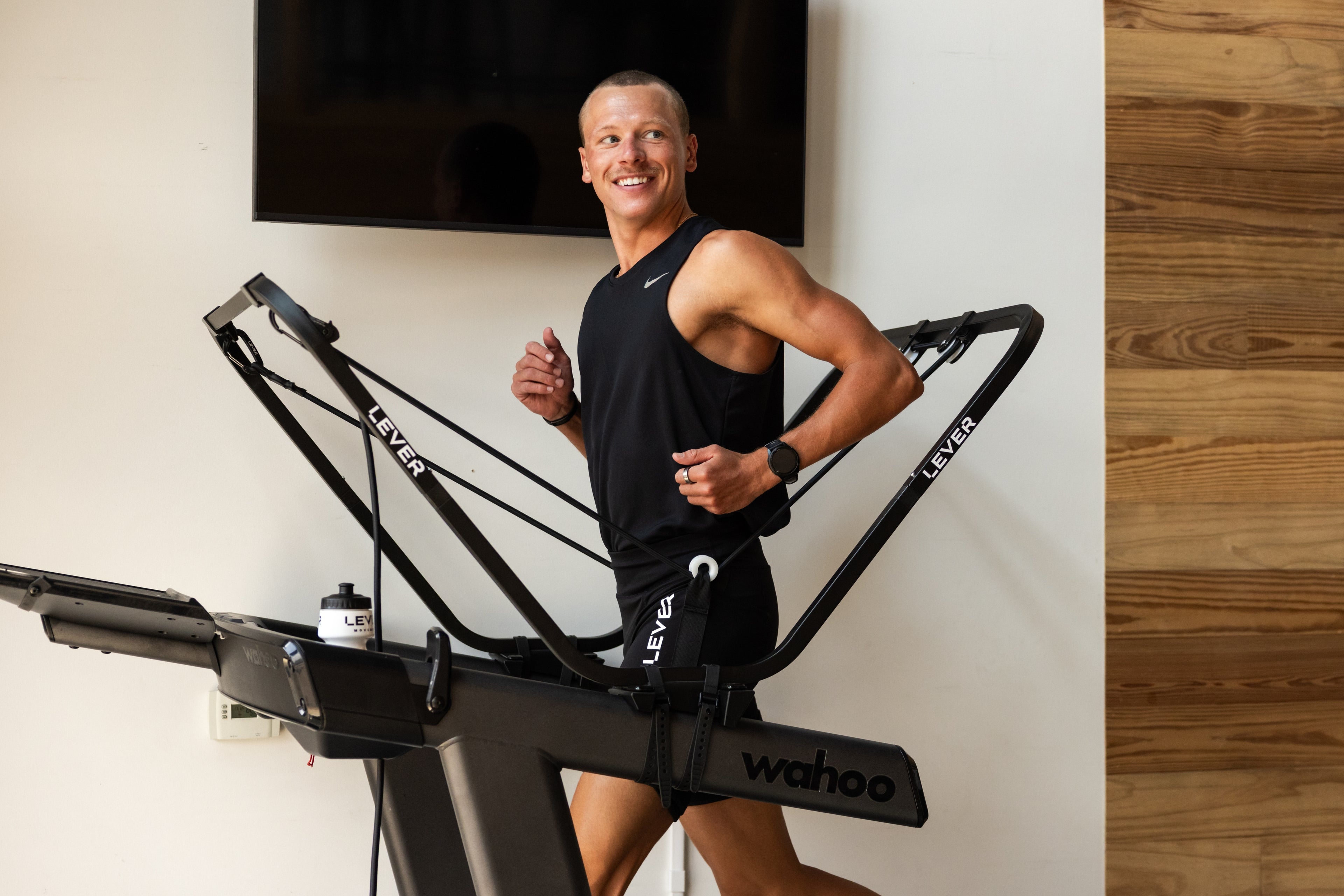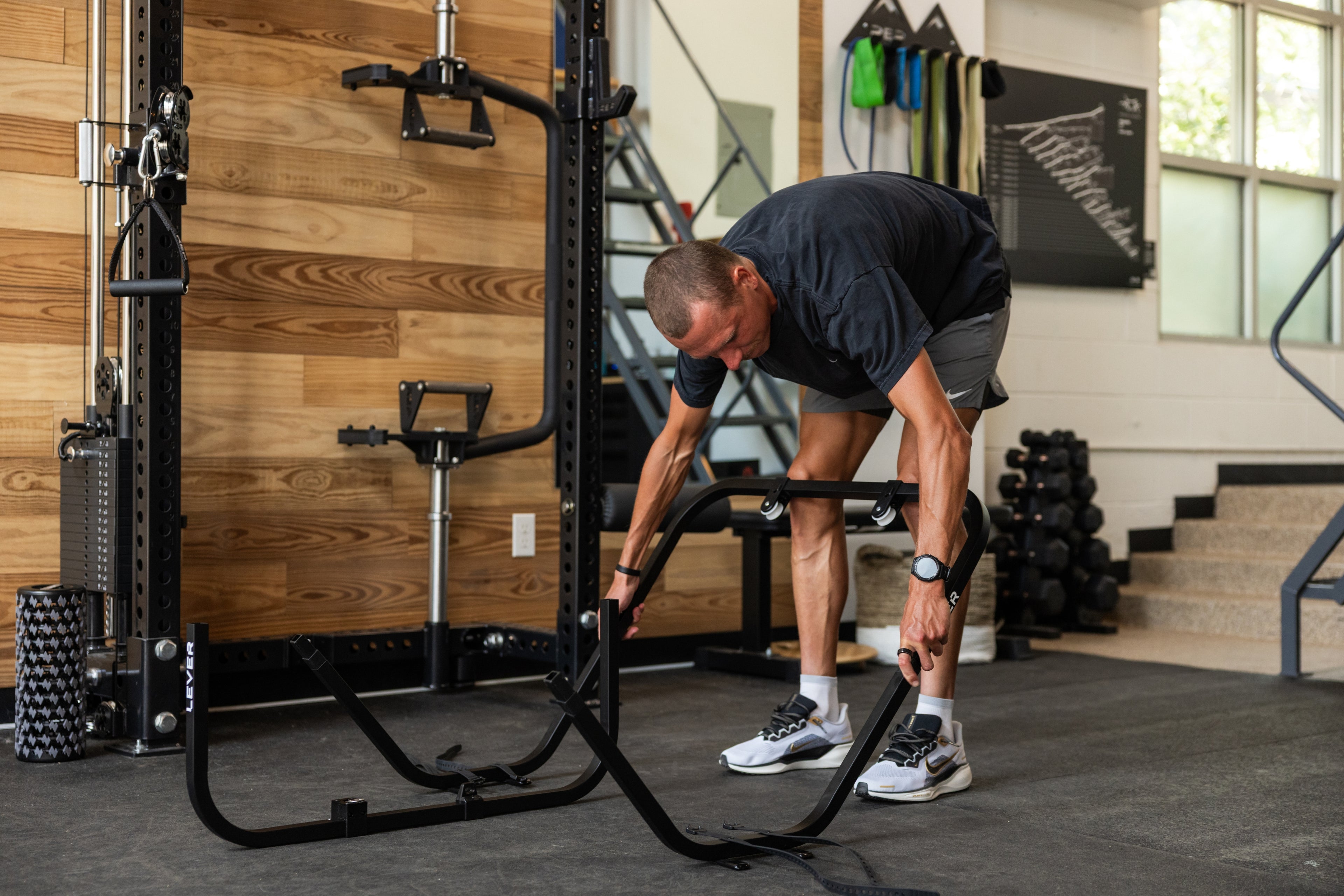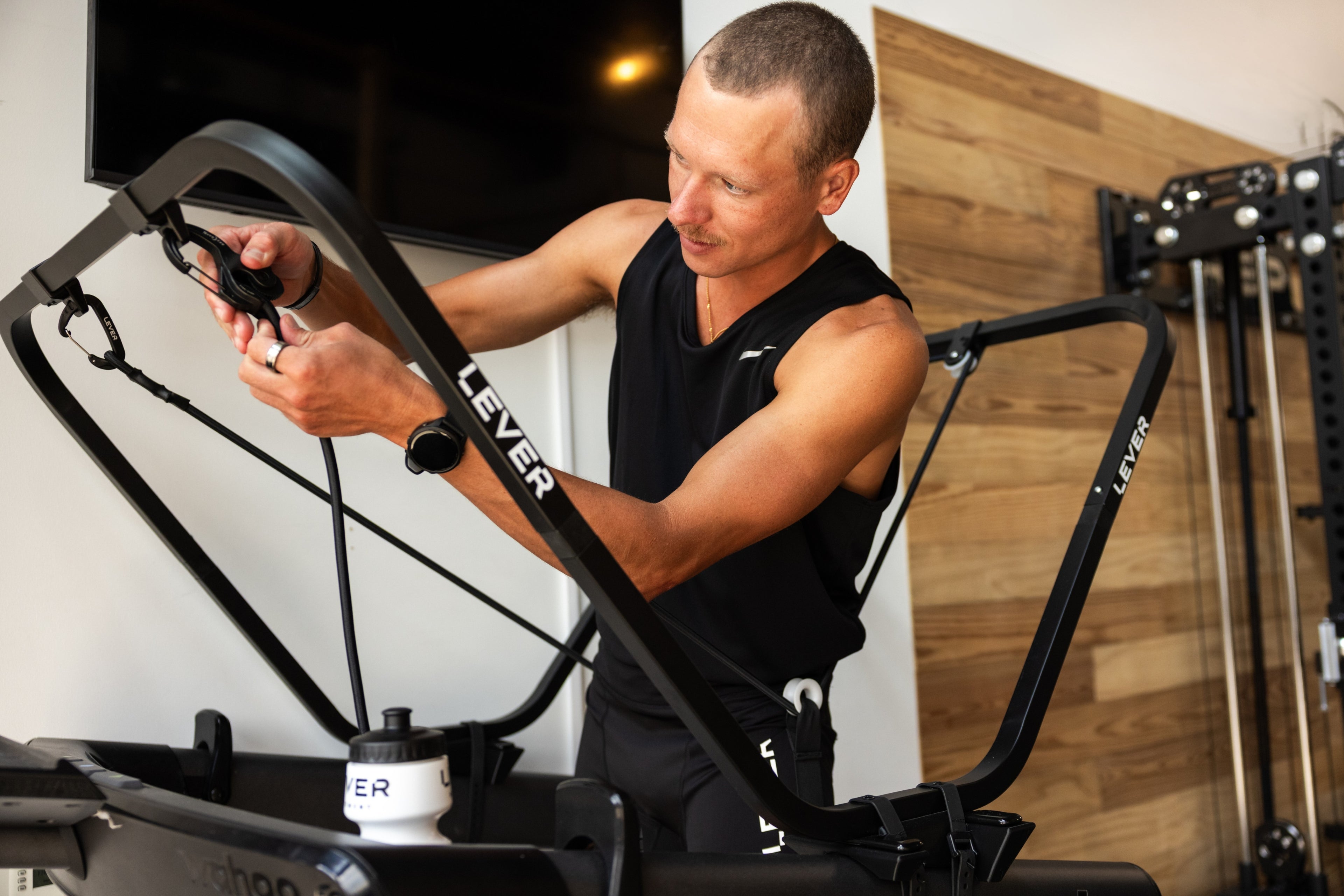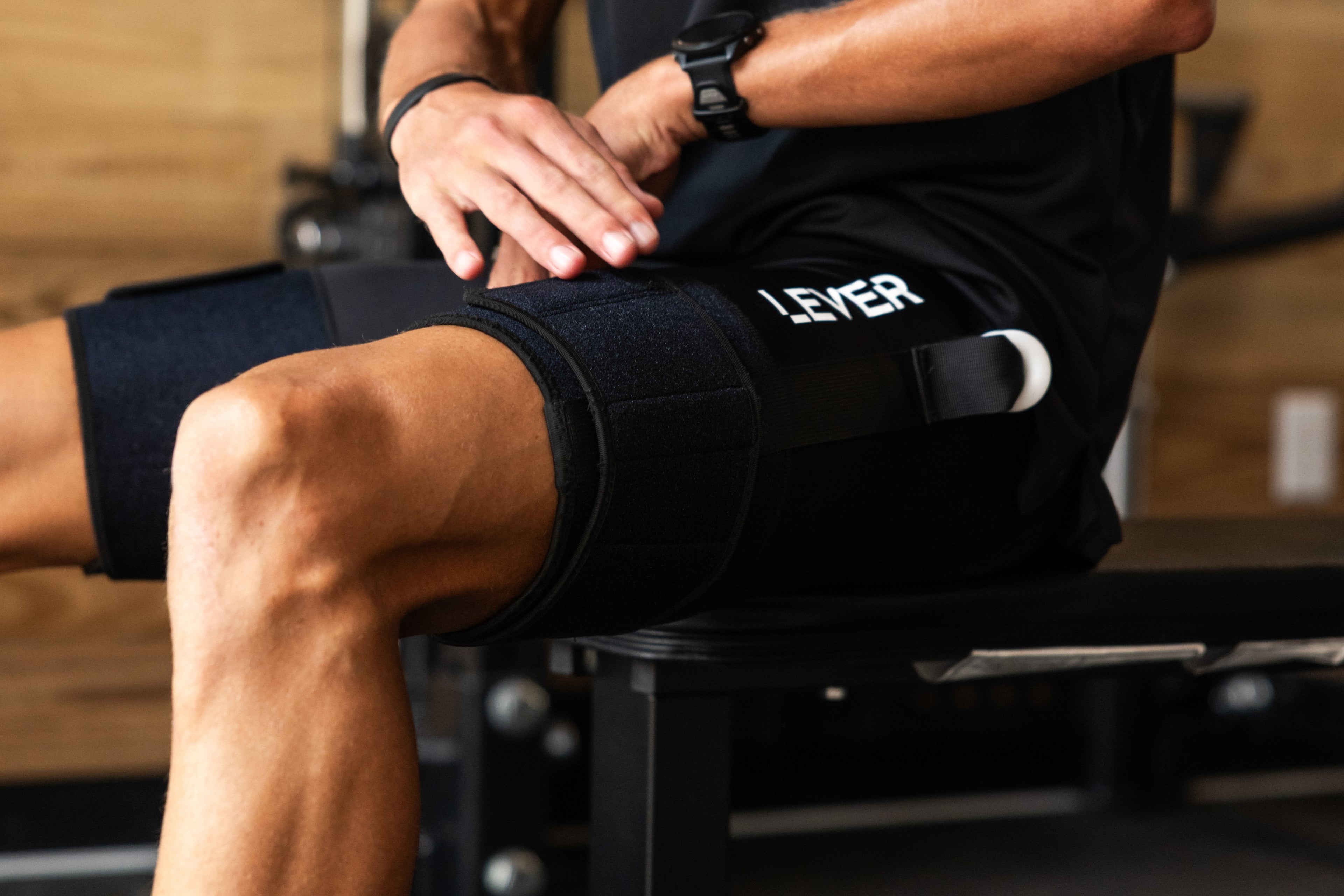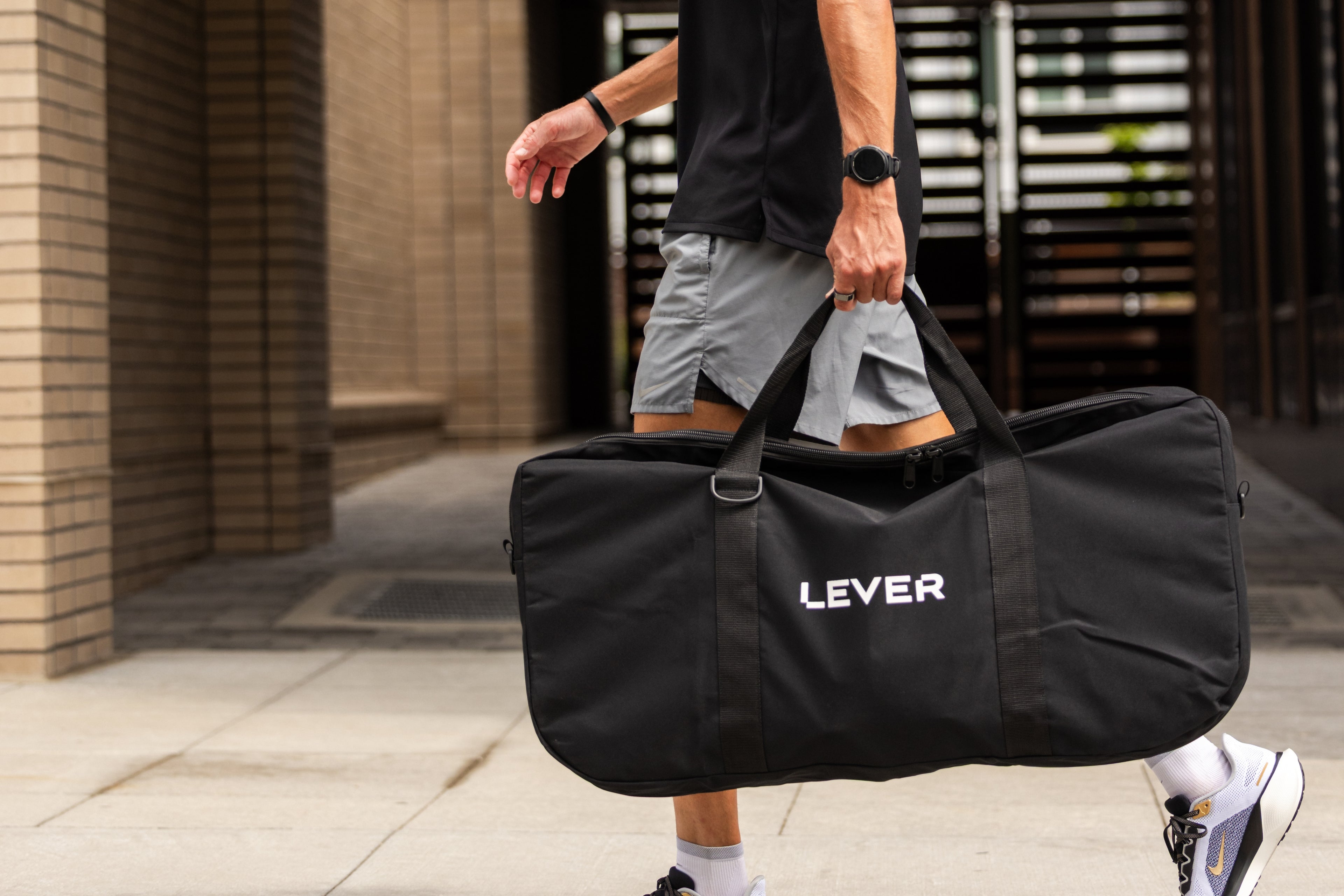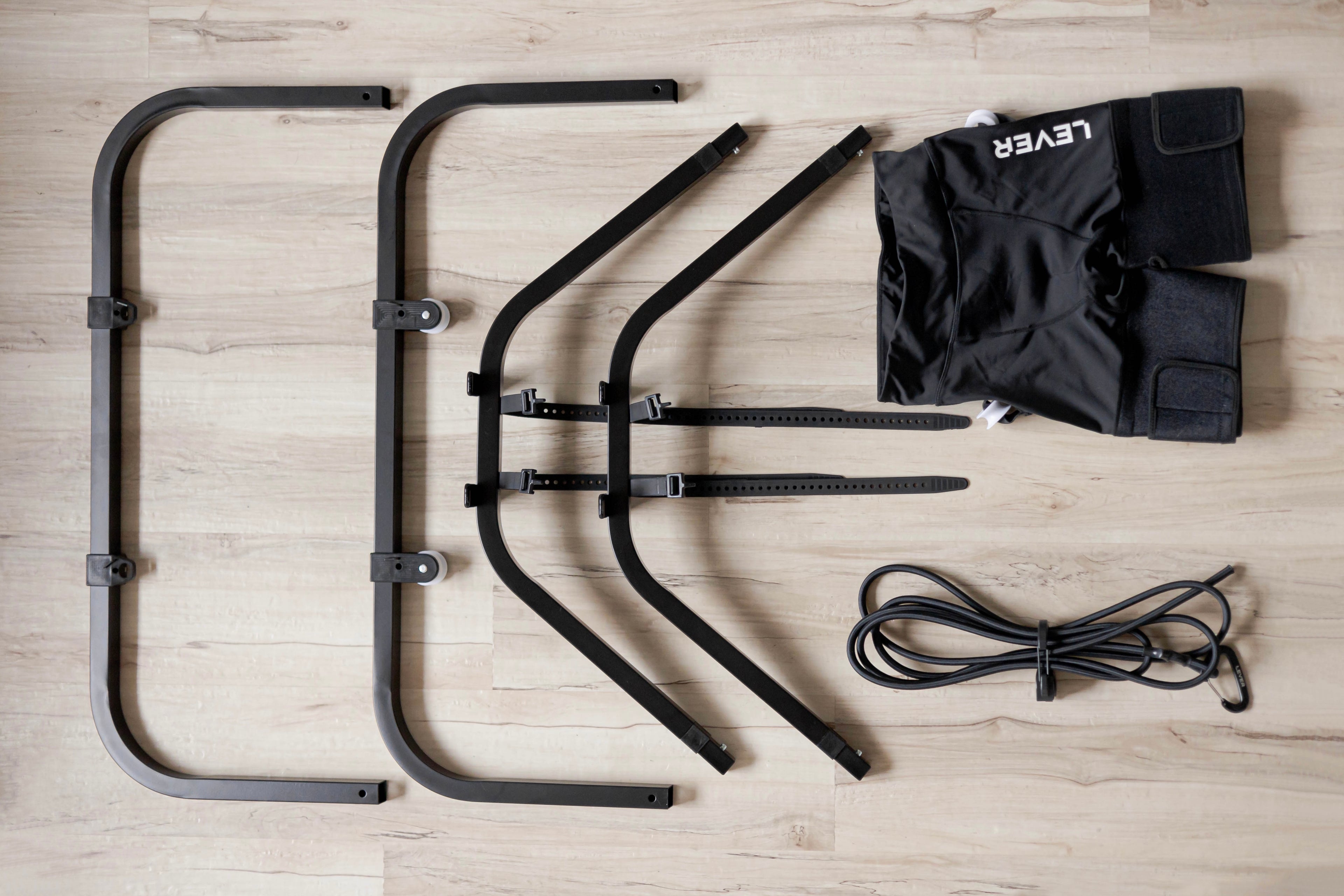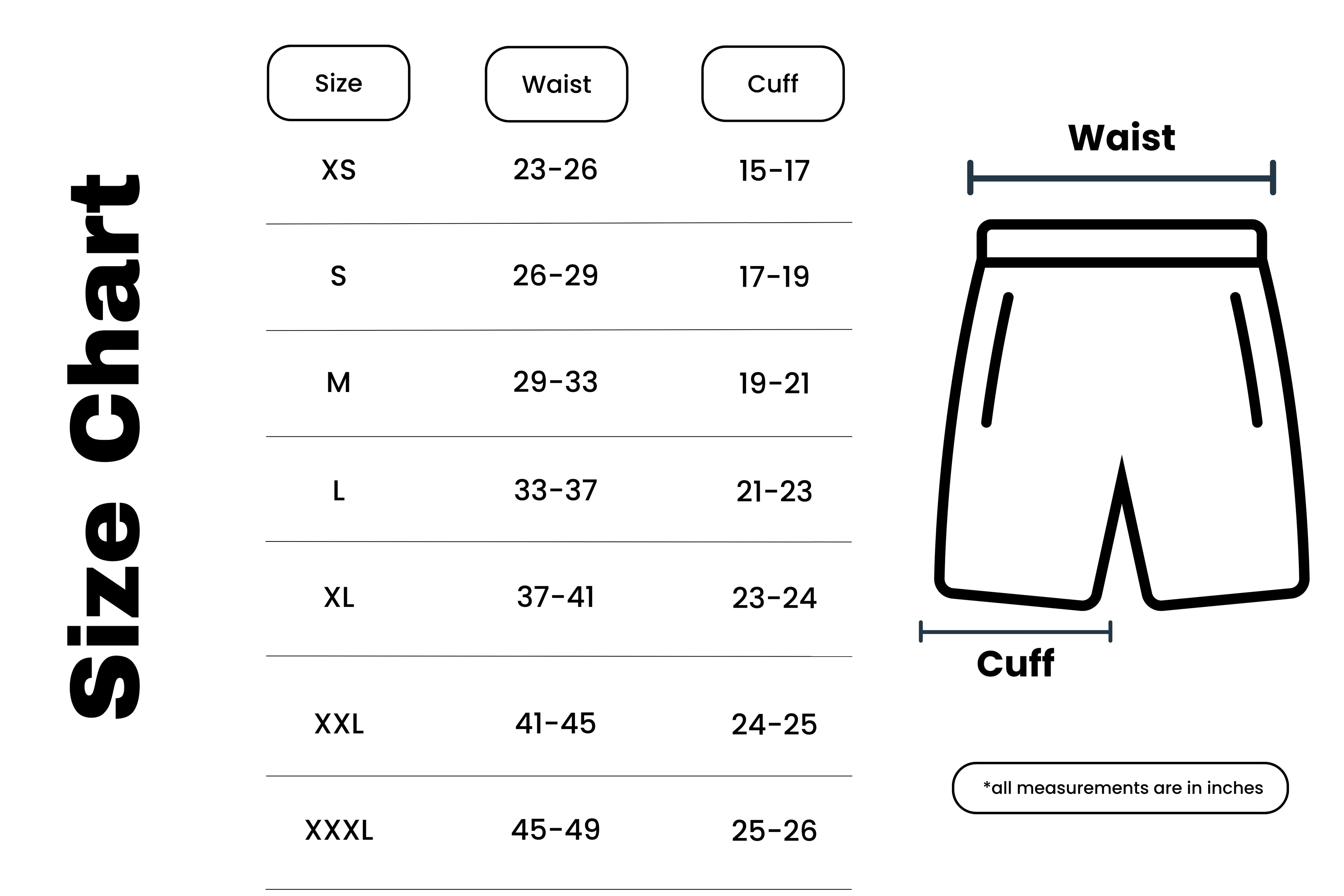Many people with Achilles discomfort either rest too much or push through pain, risking further damage. But recovering intelligently by balancing loading and healing offers the path to long-term resilience. In this post, we’ll explore what Achilles tendinopathy really is, why smart rehab matters, and how you can structure your recovery in a proactive, evidence‑based way.
What Is Achilles Pain / Tendinopathy?
Definition (in simple terms):
Achilles pain (commonly called Achilles tendinopathy) refers to discomfort, stiffness, or degeneration in the Achilles tendon, often due to overuse, micro‑damage, or loading that outpaces repair.
What’s happening under the surface:
-
The tendon experiences repeated stress and microtrauma.
-
Repairs can’t fully keep up, leading to collagen disorganization, thickening, and altered mechanical properties.
-
In many cases, inflammation is minimal this is more a problem of tendon degeneration and load capacity mismatch than “classic” tendonitis.
-
Up to ~80% of cases improve with structured exercise-based treatment over months.
Types of Achilles Tendinopathy:
-
Mid‑portion: pain 2–6 cm above the heel insertion (most common)
-
Insertional: pain right where the tendon inserts into the heel bone
-
Chronic vs acute flare: sometimes long-standing tendon changes exist and occasionally worsen with spikes in load
Why Smart Load Management Is Crucial The Science
| Benefit | What Research Says |
|---|---|
| Stimulates remodeling without overloading | Eccentric and combined loading strategies are among the best-supported interventions in Achilles rehab. ScienceDirect ScienceDirect |
| Prevents worsening or rupture | Avoiding sudden load spikes and overuse is key; conservatively managed tendinopathy often recovers fully over time. PMC Mayo Clinic |
| Maintains function & circulation | Some load keeps blood flow and nutrient exchange going, which supports healing |
| Long-term resilience | Tendons adapt when loading is applied progressively and consistently you want to build tolerance, not avoid load indefinitely |
A 5-year follow-up showed that the majority of patients treated solely with exercise do fully recover in symptoms and function. PubMed However, the process is slow, and many need to carefully manage the balance between rest and loading.
Common Mistakes in Achilles Rehab
-
Doing nothing (overresting): complete rest often leads to deconditioning and weak tendon capacity
-
Jumping in too hard: pushing through sharp pain or doing aggressive loading too early
-
Ignoring pain signals: pain that steadily worsens or lingers is a warning sign
-
Using incorrect exercises or too high volume prematurely
-
Neglecting the rest of the kinetic chain: weak hips, calves, or poor biomechanics put extra load on the Achilles
How to Recover Smarter: A Practical Guide
Here’s a structured, phased approach. Always check with a clinician for personalized guidance.
| Phase | What to Do | Key Parameters & Tips |
|---|---|---|
| Initial / Protective (Weeks 0–2/3) | Reduce aggravating loads (running, jumping) but don’t stop movement completely. Introduce isometric loading (pain-managing holds). | Use pain monitoring (e.g., keep pain ≤ ~3–4/10 during load). 2–3 × 30‑45 s isometric contractions. Light mobility work. |
| Rehab Build (Weeks 3–8/12) | Progressive loading with eccentric + concentric exercises (e.g., heel drops), gradually increasing volume. | Eccentric protocol like Alfredson (straight-knee, bent-knee heel drops) is classic. Start with body weight; add load when tolerated. 3 × 15 reps × 2 (straight + bent knee) is a standard starting point. |
| Functional / Return Phase (Weeks 9+) | Advance to dynamic loading: resistance, single-leg work, plyometrics (if pain allows). | Monitor symptoms closely. Progress slowly. Incorporate sport-specific drills. |
| Maintenance / Prevention | Continue strength work, monitor load changes, warm up, manage training spikes. | Address alignment, hip/glute strength, biomechanics. |
Tips to maximize success:
-
Use pain monitoring mild discomfort is okay, but not sharp pain.
-
Progress slowly and systematically.
-
Don’t skip rest and recovery (sleep, nutrition).
-
Be consistent over months tendon changes take time.
How LEVER Can Support Achilles Recovery Smarter
LEVER is a bodyweight support system that allows you to safely reintroduce running or walking by offloading impact forces. For those recovering from Achilles tendinopathy, this technology helps bridge the gap between rehab and return to full activity.
| Benefit | How LEVER Helps |
|---|---|
| Reduces tendon strain | LEVER lowers the bodyweight load on your Achilles tendon, helping you stay active without over-stressing the healing tissue. |
| Safe cardio while healing | Continue aerobic training without the risk of re-aggravating symptoms. |
| Enhances form and feedback | Reduces compensation habits (e.g., limping or overstriding) and supports better running mechanics. |
| Progressive overload tool | Adjust offload levels over time—start at 40–50%, then taper as strength and tolerance improve. |
| Boosts confidence | Allows earlier movement and activity without fear of re-injury, helping restore psychological readiness. |
How to use LEVER effectively:
-
Start light: Use higher offload (30–50%) if pain or stiffness is present.
-
Gradually decrease support as symptoms improve.
-
Keep sessions short and pain-free, especially during early reintroduction.
-
Pair with strength training and tendon-specific exercises for comprehensive recovery.
Adjunct Treatments & Where They Fit In
These are supportive you’ll rarely “cure” Achilles pain by them alone.
-
Shockwave therapy, PRP, needling, etc., are options for persistent cases.
-
Load-reducing strategies (heel lifts, taping, orthotics) can offload the tendon temporarily.
-
Soft tissue & mobility work around the calf, Achilles, and ankle joint.
-
Biomechanical correction (foot alignment, shoes, gait).
Surgical or more invasive options are usually reserved for chronic cases that haven’t improved after 3‑6+ months of conservative care.
When to Rest Instead of Load
-
Pain increases steadily over days (not improving).
-
Sharp or worsening pain during light activity.
-
Swelling, redness, or heat in the tendon region.
-
Suspected rupture (sudden “pop,” inability to push off) — seek immediate medical attention.
Achilles pain doesn’t have to mean endless frustration. With the right balance of smart loading + rest + consistency, you can guide the tendon toward true healing. Sticking to a gradual progression, listening to your body, and including supportive therapies gives you the best chance to not only feel better but become more resilient.
FAQs
How long does recovery take?
It varies greatly. Some improve in a few months; full recovery can take 6+ months or longer in stubborn cases.
Can I still run lightly while rehabbing Achilles pain?
Yes, but only when pain is mild, and only with controlled loading. Avoid harder efforts until you’ve built up strength.
Is the Alfredson heel‑drop protocol the gold standard?
It’s a widely used and well-supported method combining eccentric loading. But more modern protocols often combine eccentric + concentric or heavier load variations based on individual tolerance.
Will treatments like PRP, injections, or surgery fix it faster?
They may help in some cases, but they’re often reserved when structured rehab fails. Most evidence supports exercise/rehab as the first line.
How can I prevent recurrence?
Keep strength balanced (calves, hips, glutes), progress load gradually, maintain mobility, and address any gait/biomechanical issues.











